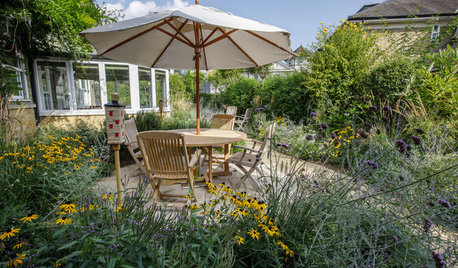kawakami hybrid persimmon
Tony
12 years ago
Featured Answer
Sort by:Oldest
Comments (23)
bonsaist
12 years agoolga_6b
12 years agoRelated Professionals
Graham Landscape Architects & Landscape Designers · Palm Springs Landscape Architects & Landscape Designers · Walnut Landscape Architects & Landscape Designers · Damascus Landscape Contractors · Ellicott City Landscape Contractors · Eureka Landscape Contractors · Harrisburg Landscape Contractors · Lebanon Landscape Contractors · Oak Harbor Landscape Contractors · Pleasant Grove Landscape Contractors · Setauket-East Setauket Landscape Contractors · Shirley Landscape Contractors · Tigard Landscape Contractors · Weslaco Landscape Contractors · Shenandoah Landscape Contractorsalexander3_gw
12 years agocreekweb
12 years agoTony
12 years agogonebananas_gw
12 years agoTony
12 years agobonsaist
12 years agogonebananas_gw
12 years agomaryhawkins99
12 years agoTony
12 years agobonsaist
12 years agobonsaist
12 years agoTony
12 years agoharbin_gw
12 years agobonsaist
12 years agoalexander3_gw
12 years agomaryhawkins99
12 years agoTony
12 years agoharbin_gw
12 years agoTony
12 years agocreekweb
12 years ago
Related Stories

FRUIT TREESHow to Grow Your Own Persimmons
Sturdy and easy to care for, these trees offer bright fruit through winter — and keeping them in bounds is no sweat
Full Story
EDIBLE GARDENSHow to Grow 10 Favorite Fruit Trees at Home
Plant a mini orchard in fall, winter or early spring to enjoy fresh-off-the-tree fruit the following year
Full Story
EDIBLE GARDENSSummer Crops: How to Grow Tomatoes
Plant tomato seedlings in spring for one of the best tastes of summer, fresh from your backyard
Full Story
FALL GARDENING11 Trees for Brilliant Fall Color
Give your landscape the quintessential look of autumn with the red, orange and yellow leaves of these standouts
Full Story
FALL GARDENING6 Trees You'll Fall For
Don’t put down that spade! Autumn is the perfect time for planting these trees
Full Story
LANDSCAPE DESIGN4 Tips for Creating a Small Garden That Welcomes Wildlife
Win over birds, bees, butterflies and neighbors with these design strategies
Full Story
COLORBest Ways to Use Radiant Orchid, Pantone's Color of 2014
Learn how to work in this bold fuchsia-pink-purple successfully around the home, and give it a yay or nay in the Houzz poll
Full Story
COLORHow to Use Marsala, Pantone’s 2015 Color of the Year
Pantone digs deep and goes earthy with its selection. Here are ways to make it work in your home
Full Story






drasaid